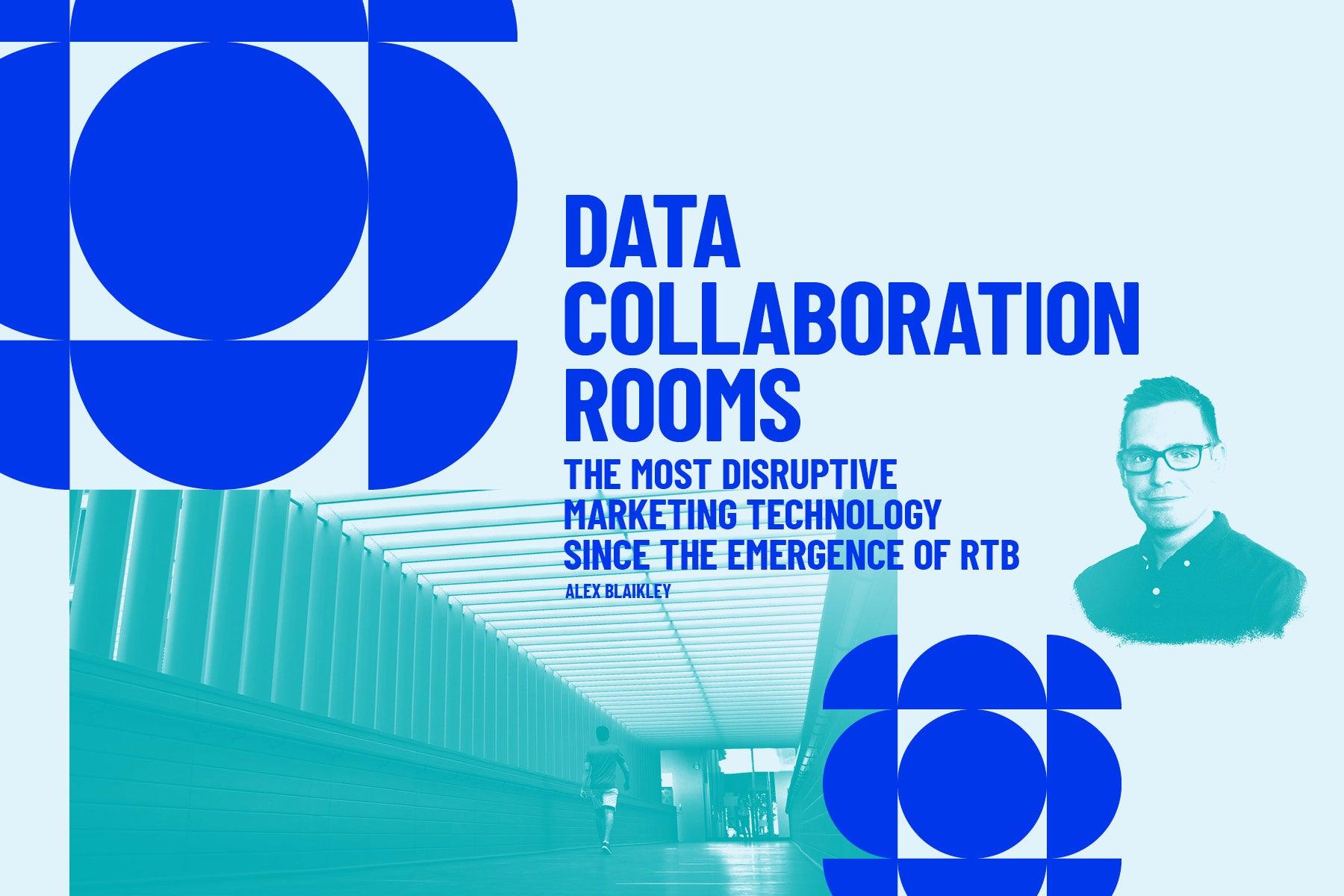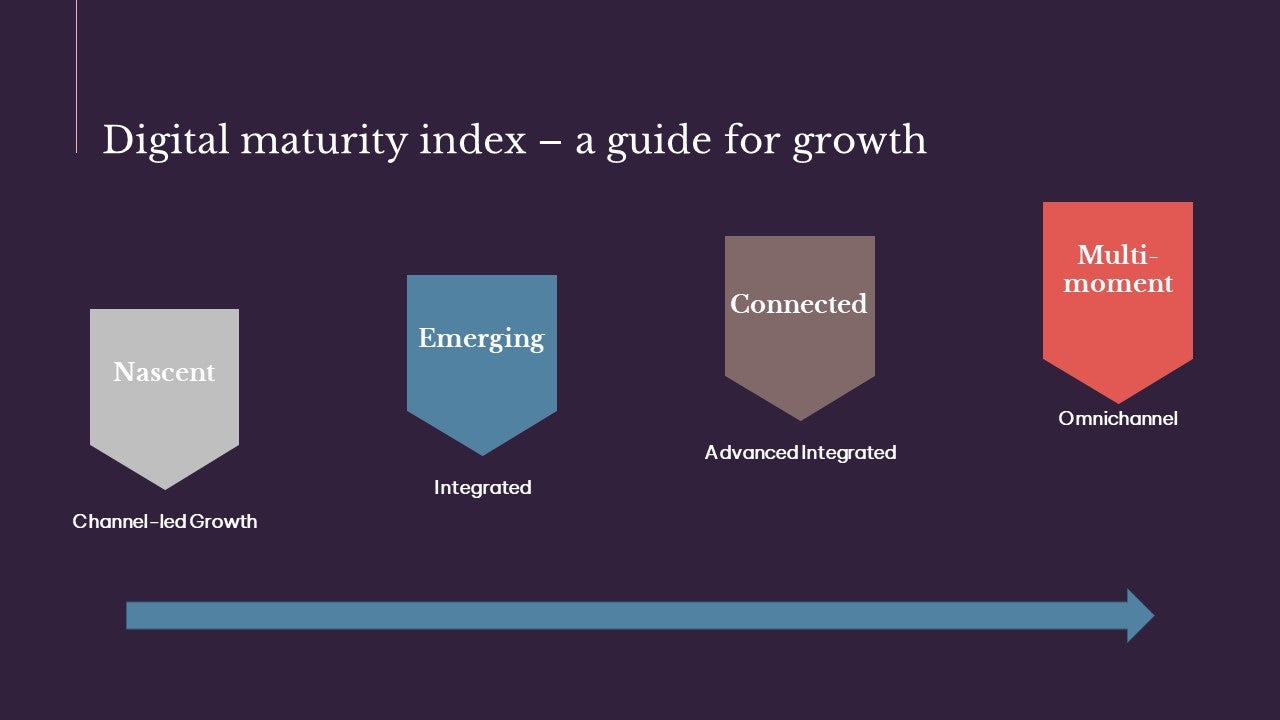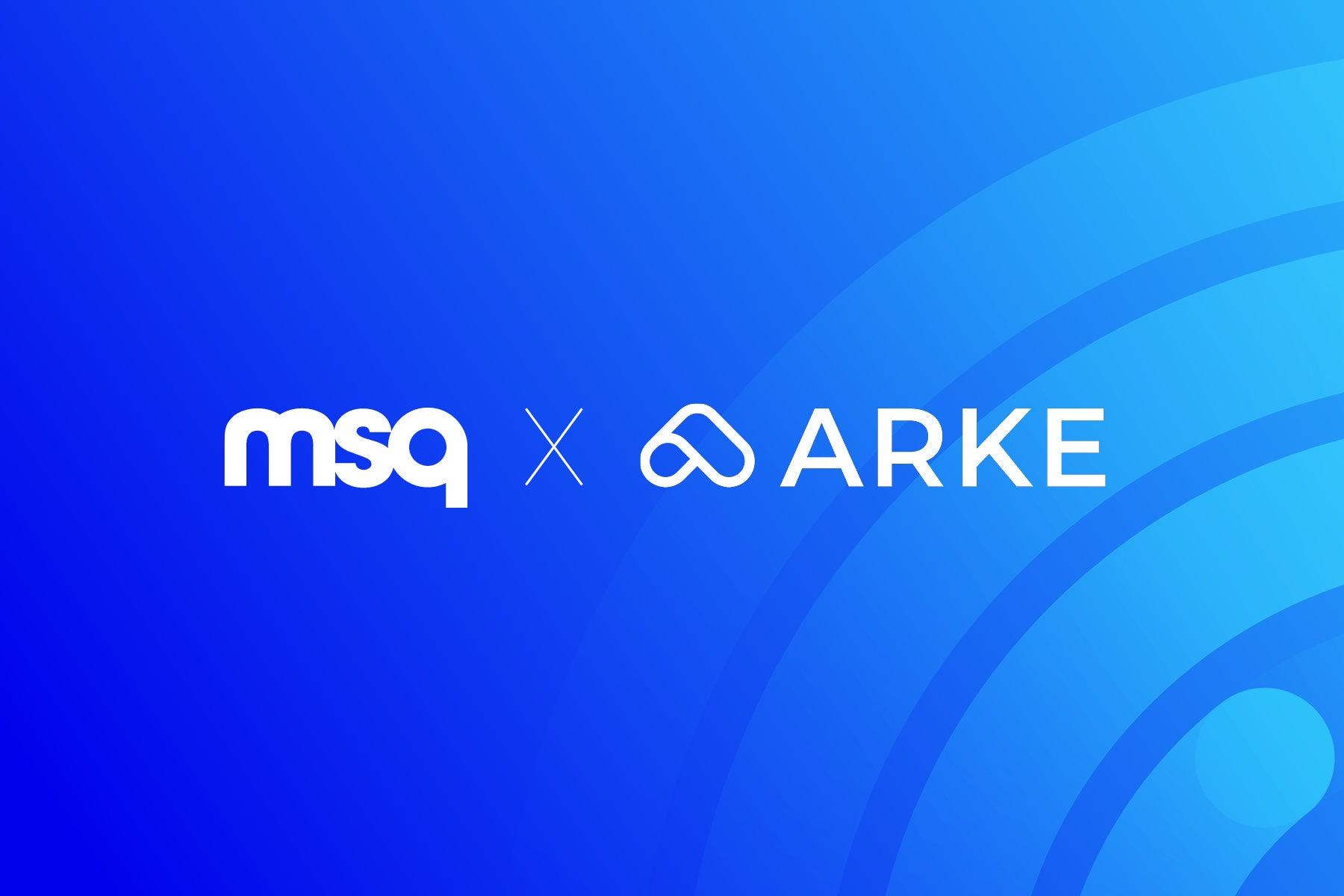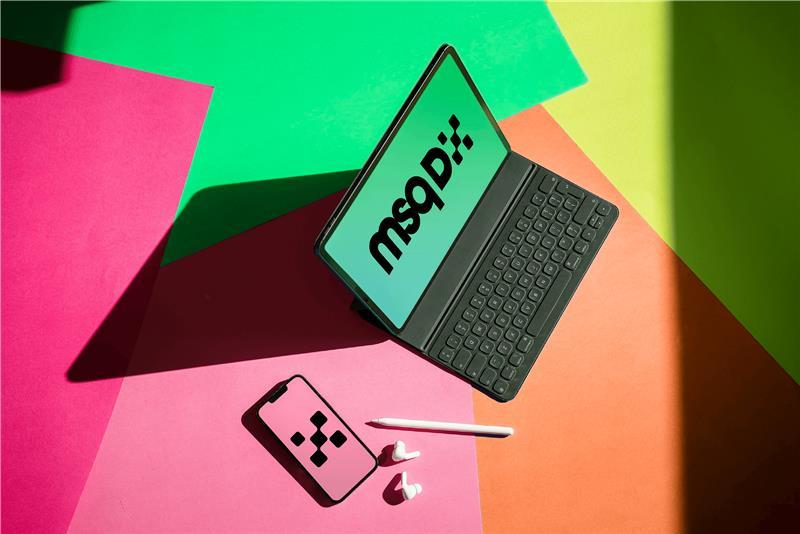 Home Page
Home PageData Collaboration Rooms – the most disruptive Marketing Technology since the emergence of RTB

Alex Blaikley, Media Director of 26, discusses how data collaboration rooms are empowering first party data to signal a new age of marketing...
I still remember the day… It was June 2010, as the sun shone down on me outside Embankment tube station.
I’d just seen a presentation by P&G about how they intended to use data combined with RTB (real- time bidding) to serve personalised ads across publisher content. They had given it a name, as marketing people do; ‘Hawkeye’. I excitedly called my friend Damian (who also worked in advertising at the time) to describe what I’d seen. Whilst I didn’t fully understand the implications, I knew that I’d seen something truly revolutionary.
And it’s happened again. I believe that we are entering a new age of marketing, one in which 1PD (first party data) will be empowered by Data Clean Rooms, or as they prefer to be called Data Collaboration Rooms. ‘As data becomes an increasingly vital driver of business success, it’s important that organisations explore new ways to extract value from their proprietary information while ensuring its quality and security.’ (Deloitte / WSJ).
What is a Data Clean Room, exactly?
‘The Secure Data Clean Room empowers organisations to instantly match and analyse data across unlimited datasets in real-time without sharing or moving data, eliminating the risk of exposure, leakage, or misuse.’
– InfoSum
‘In prior generations of collaborative data relationships, ownership of the data was often lost as soon as data was handed over to a third party.’
– Deloitte / WSJ
‘Digital ecosystems are the future of marketing. Your success depends on connecting ecosystems to attract, engage, convert and retain customers.’
– 26
Since 2010, the rise of digital advertising has outstripped all other media (£25bn in 2022 according to IAB UK) with video and display consistently growing fastest on the back of innovation, but also as a reflection of consumer behaviour. The old saying in advertising is still true; ‘revenue follows eyeballs’.
Privacy and ad fraud had threatened to derail the digital advertising industry over the last few years, however, Google’s decision to sunset third-party cookies on Chrome in 2024 has really expedited the role of data clean rooms as a solution to not only future proof, but enhance your marketing strategy.
In 2022, Google announced a partnership with three leading Data Clean Rooms; Habu, InfoSum and LiveRamp named Google PAIR. Via PAIR, a brand can run programmatic campaigns on Google properties, excluding their existing customers (1PD). These partnerships are supporting Google with enabling data clean rooms in BigQuery, bringing the opportunity a lot closer to existing solutions and tech integration for emerging and connected brands.
Group M predict that retail media will be the third-fastest growing medium in 2023. Data clean rooms such as Infosum can provide brands a ‘bunker’ to match their 1PD with Nectar customers and deliver highly-targeted campaigns through the likes of Channel 4 and ITV as well as Boots and Asda.
Data Clean Rooms offer much more than effective delivery
All marketing is performance marketing. It depends on how quickly you want it to pay back.
For years industry bodies and marketing experts have talked about the 60/40 rule for planning media campaigns. 60% of your marketing budget should be spent on brand-building activity, whilst 40% on sales activation or performance marketing.
Data Clean Rooms offer marketers the opportunity to plan and deliver campaigns to new or existing customers with a high degree of accuracy. The more a brand is able to layer their 1PD with partners, the more their audience segmentation becomes a source of competitive advantage. Why plan campaigns on ‘rules of thumb’ when there is a far more personalised option available?
At a recent partnership event, Maria Thorpe (Head of Data at 26) presented a roadmap for brands to empower their 1PD through Data Clean Rooms and help marketing teams truly align with their IT, legal and sales functions, putting the customer at the heart of the business and future business growth.

‘I love the idea of partnering with different organisations to grow our customer base. InfoSum presents an opportunity to do that.’
– Rav Mall, Database & Analytics Manager at Mitchells & Butlers
‘Our key goal this year is to drive brand awareness, we can see a route to this via partnerships facilitated by data clean rooms, such as InfoSum.’
– Deonne Bateman-Smith, Global Head of DTC at Maybourn Group Limited
A change in how competitor benchmarking is used.
Not every brand will be ready to embrace Data Clean Rooms. Not every brand will want to…
‘To embark on a Data Clean Room implementation, organisations should consider assessing their readiness in three key areas: commercial, customer, and technology compatibility.’
– Deloitte / WSJ
At 26, we use a digital maturity index to guide sustainable growth for our clients. We tend to see clients in the ‘emerging space’ start to use 1PD in areas such as customer match and audience and creative development. However, whilst a Data Clean Room isn’t only for brands with advanced CRM and 1PD, it will require a level of maturity and commitment to longer-term outcomes before we’d suggest buying into a bunker. 26 have been speaking to clients about their 1PD strategy for a while now, which is linked to the opportunity presented by data clean room technology.

At some point in the future, the ability to understand, or even see, what a competitor is doing from a marketing perspective will be significantly harder – if it isn’t already. In 2016, whilst at Google, we stopped trying to present search and display benchmarking data at agency level, as the multiple bid strategies employed and objectives made the comparisons moot. As digital ecosystems continue to grow independently of one another and brands increasingly use 1PD to power all aspects of their marketing, it becomes less about competitor activity driving change, but change from within – led by marketing.
Much like you wouldn’t buy CTV inventory without a clear idea of what creative messaging to use, one wouldn’t buy a bunker without an outcome in mind. However, for brands with a test and learn culture and approach to marketing, renting a bunker for 12 months will support multiple business cases, encourage collaboration, and provide a source of competitive advantage when third-party cookies do disappear. The cost of renting a bunker for 12 months is not overly prohibitive, in the scheme of things and whilst a business case will need to be made, the opportunity cost of not getting on this bus will be felt over the next 2-3 years.
‘In many instances, the information required to make large and decisive investments in the face of disruptive technology simply does not exist.’
– Clayton Christensen, The Innovator’s Dilemma, 1997
The future of marketing?
I’m not sure when the next paradigm shift or genuine disruptive innovation will occur in our industry, however, the ability for brands to have the confidence in their marketing from a consent perspective, whilst increasing efficiency, personalisation, incrementality and effectiveness is something that will sustain growth for the foreseeable future.
Sources & wider reading:
Secure and privacy-centric sharing with data clean rooms in BigQuery – Google, March 29th 2023.
Is Your Organization Ready for Data Clean Rooms, Wall Street Journal & Deloitte, June 2023.
Data Collaboration Playbook for Brands – InfoSum.
Further reading



